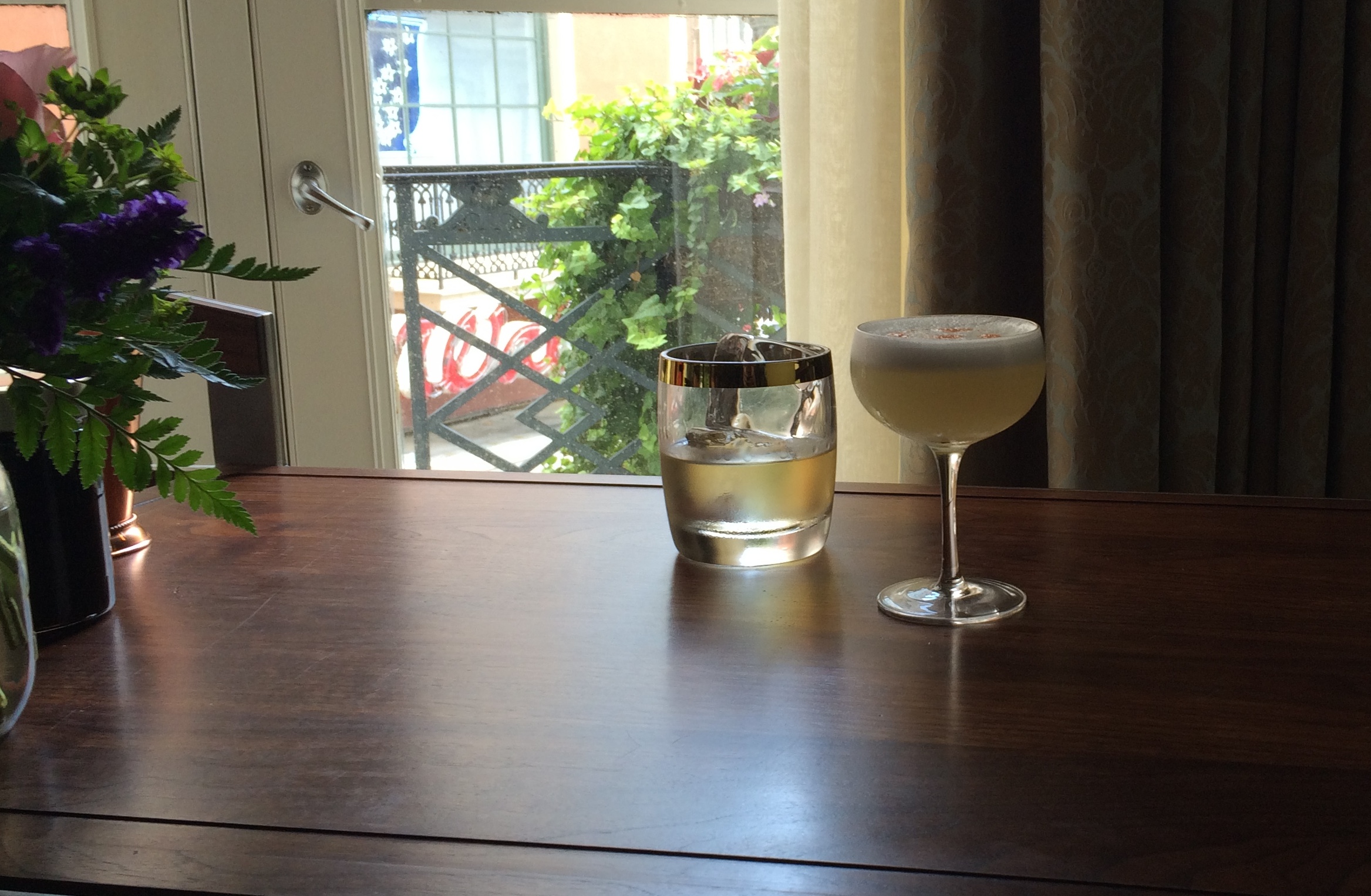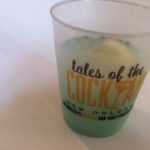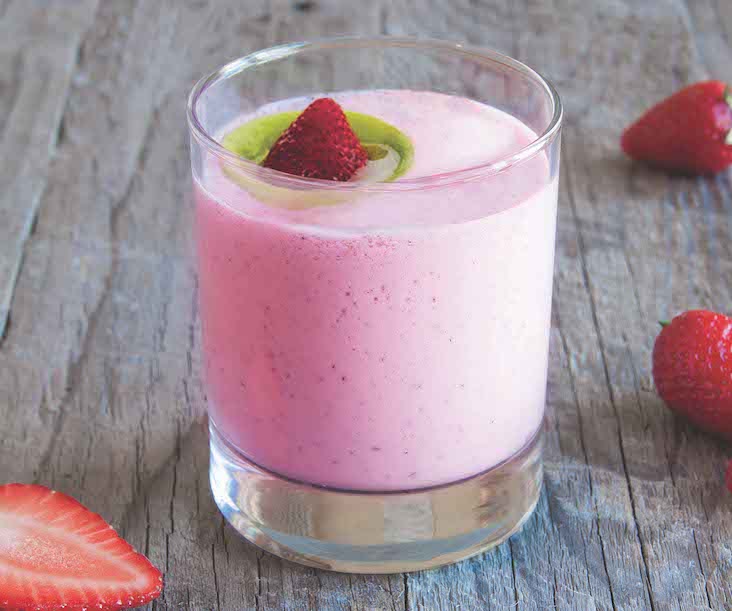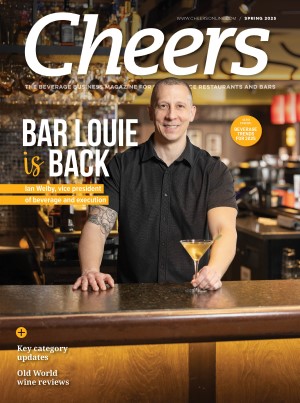If you want your drinks and recipes picked up in the media, it helps to have great photos. A dark, grainy or unappetizing photograph is not likely to make the cut or be shared on social media sites such as Instagram.
How can you take better drink photos? Photographer Daniel Krieger and mixologist Jim Meehan of PDT cocktail den fame offered some sound advice during a July 15 session at Tales of the Cocktail in New Orleans.
Most important is lighting—use natural light if you can. When he goes into a restaurant to shoot, “the first thing I do is ask them to turn off the artificial light,” Krieger explained.
Why? Krieger said that colors don’t like right without natural light. The temperature is different with natural and artificial light, he noted. “I don’t want them fighting each other.”

Photographer Daniel Krieger, left, and mixologist Jim Meehan offer insight on shooting cocktails.
But you want to avoid direct sunlight, unless it’s very early or late in the day, Krieger said Play with the blinds and shades to get the best window light.
You can also reposition the drinks and furniture for optimal lighting, he noted. For instance, if you plan to set the drink on a table, you might move the table in front of a window so that the drink is lit from behind.
Of course, natural light can be hard to come by in many bars. “My drinks look terrible shot at PDT,” admits Meehan, who is now based in Portland, OR.
That’s because the bar is dark and the cocktails are served on black cocktail napkins. For his next concept, Meehan said he’s thinking of hiring a lighting designer to create the right atmosphere for photography.
If there is no natural light, Krieger said, you may need some studio lighting to shoot cocktails. You might invest in a small LED light, he said, “which creates a pretty, pure white light.”
Krieger often adds some flowers to a shot for more color. Garnishes such as pineapple can add texture and interest, but you have to be somewhat disciplined and work within the recipe, Meehan added: “A Pisco Sour is not garnished with an orchid!”
Here are some of the other tips from the session to make sure your cocktails are ready for a close-up.
- Consider the composition. Use negative space—the “white space” or the area between and around objects in photos, Krieger said. “It really helps draw people into the subject.” And remember the rule of thirds—create “lines” by bisecting the photo, which is pleasing to the human eye, he added. For instance, you could use the edge of the table as part of the photo composition.
- Polish your glasses. The glassware you’re using in the drink photo should be crystal clean, Meehan said, so be on the lookout for any dust, fingerprints or lipstick stains.
- Watch your peripherals. Look at the whole frame of the photo, and make sure there are no spills or dirty bar napkins creeping into the shot, Krieger said.
- Ask for a hand. Most bartenders’ hands look like those of gravediggers, Meehan said. So if you plan to show a hand in the drink shot, enlist someone with good hands—most likely the hostess. If you want to make the papers with your drink photos, “squash your ego and do what’s best for the New York Times,” he advised.
- Get the blues. Blue cocktails look great in a glass, Krieger said, and they’re trendy: “Blue Curacao is the new thing!” Porch Light in New York as a beautiful blue drink served with an orange peel that’s been all over the media since the bar opened this past spring, he noted.
- Bring out your best. Use vintage mixing glasses and barware if you have them, such as Leopold coupes and Hawthorn strainers.
Krieger noted that Maison Premiere in Brooklyn is “effectively a photo studio,” thanks to the natural light, beautiful wall and table treatments and vintage cocktail accoutrements. “It’s almost impossible to take a bad photo there.”
It also doesn’t hurt to have an attractive, well-dressed and well-groomed staff that can be pulled into photos, Meehan said. Let’s face it: “At the end of the day, people will take and post photos of pretty things.”







